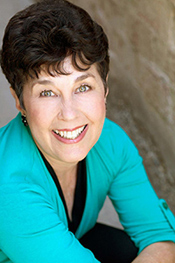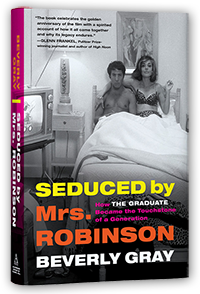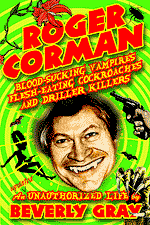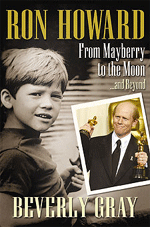The Rialto school district, in California’s Inland Empire, is
now under fire for an English class assignment required of all eighth-graders.
The assignment? To write research papers debating whether the Holocaust
actually happened. The “evidence” placed at students’ disposal included links
to sites of Holocaust deniers who dismiss the murder
of six million Jews as pure fable, a worldwide hoax designed to advance Jewish
interests.
Today’s Hollywood has no room for Holocaust
deniers. Countless feature films have been made on the subject, dating back to
Orson Welles’ The Stranger (1946),
which incorporated actual concentration camp footage into its plot. Schindler’s List was of course a global
blockbuster in 1993, and documentaries that touch on the Holocaust period are
perennial Oscar winners. But back in the 1930s, when the Nazis were tightening
their grip on Europe, Hollywood studio bosses were reluctant to jeopardize
their profits by speaking out against the new German regime. Though the heads
of most major studios were themselves Jewish immigrants from Eastern Europe,
they preferred to overlook the anti-Semitic rhetoric coming out of Deutschland.
Psychologically, says film historian Neal Gabler, this was their way of advertising
themselves as true-blue Americans, part of the cultural mainstream that had
little interest in protecting an ethnic minority in a foreign land.
Gabler
should know. As the author of the classic An
Empire of Their Own: How the Jews Invented Hollywood, he’s well aware
of how a Hollywood Jew like MGM’s Irving Thalberg could visit Germany in 1934
and shrug off the rising tide with a quip: “Hitler and Hitlerism would pass;
the Jews will still be there.” Even though Thalberg and others suspected a
bloodbath was coming, they went on with the business of show business. (Recent
books by Thomas Doherty and Ben Urwand accuse the moguls of actually
collaborating with Nazi higher-ups in order to safeguard Hollywood
interests.)
Carl
Laemmle, though, was a different story.
Gabler says as much in a recent NewYork Times piece, written at the behest of a man whose father owed his life
to Laemmle’s intervention. The jovial Laemmle, known throughout Hollywood as
Uncle Carl, ran Universal Studios for the first twenty years of its existence.
A native of Laupheim, Germany, he quickly spotted the dangers ahead when the
German première of Universal’s anti-war All
Quiet on the Western Front was disrupted by Nazi hooligans, after which
Universal’s German rep (a Laemmle relative) was dragged out of his bed for
questioning. Determined to save his large extended family from the Nazis, Carl
compiled a list, then began pulling strings to guarantee their safe passage to
America. Very soon other German Jews were appealing to him for help, and the
list grew longer.
By
signing affidavits for hundreds of Jews, Laemmle was guaranteeing them
financial as well as moral support once they landed on American shores. Gabler
details the lengths to which he went in securing the future of those he saved.
This was an expensive proposition. And it was not made easier by the fact that
two successive American consuls in Stuttgart made bureaucratic demands seemingly
designed to thwart Laemmle’s efforts. Perhaps that’s why, as war approached,
Laemmle’s health deteriorated. On September 24, 1939, just after Hitler invaded
Poland, he was dead at age seventy-two.
One
L.A. branch of the Laemmle clan has run a chain of art-houses for decades. When
I last visited the Royal on Santa Monica Boulevard, I discovered a kind of memorial wall
dedicated to family history. There I saw evidence of Carl Laemmle’s good deeds,
including a heartfelt letter from one of his beneficiaries. Thanks, Uncle
Carl.








As a huge fan of the Universal Studios Monster Movies of the 30's and 40's I have certainly encountered the Laemmle family in my reading - but I had no idea Uncle Carl had been such an important factor in real historical events. Thank you for putting the spotlight on him!
ReplyDeleteMy pleasure, Mr. C. And Neal Gabler's book on the impact of immigrant Jews on Hollywood is well worth reading.
ReplyDelete